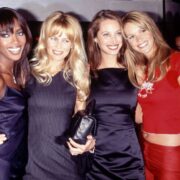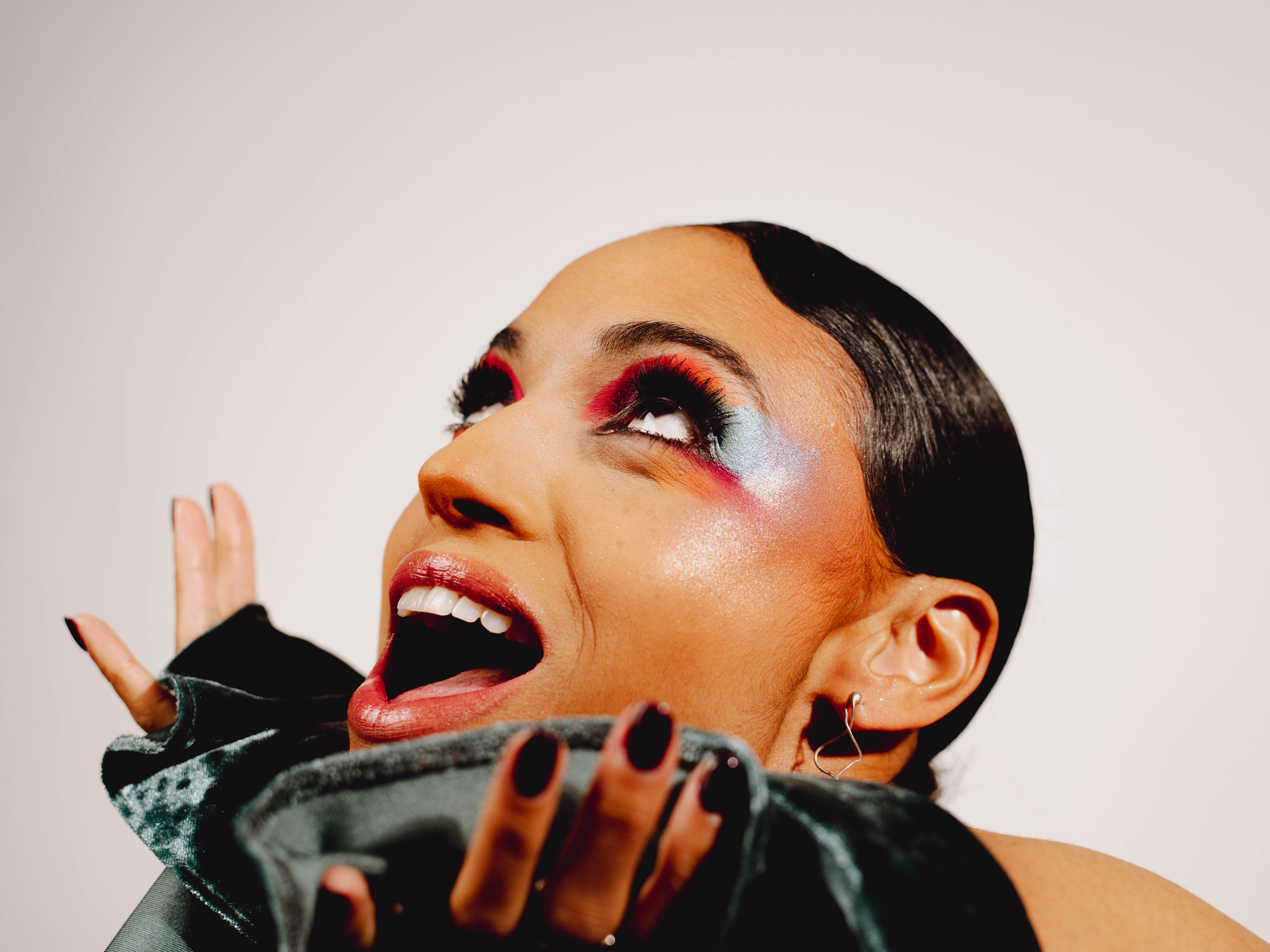Eternal Nineties: Unpacking The Unending Obsession With 90s Supermodel Aesthetics

Fashion works in cycles, so it’s usually no surprise when forgotten trends of yesteryear start to re-emerge in store-fronts and on magazine covers everywhere. Some trends, however, have longevity spanning decades, to the point where those of us who grew up with them become tired of their rigidity just as younger generations (discovering them for the first time) begin to marvel at their novelty.
No aesthetic is more true to this trope than that of the 90s ‘supermodel’; the graceful, drop-dead gorgeous woman with cheekbones so sharp they could draw blood and a figure so slight it looks good in just about anything and even better in next-to-nothing. Personified by runway legends such as Cindy Crawford, Naomi Campbell and Kate Moss, the 90s supermodel rarely smiles and always struts. She is a muse, a work of art much more exclusive than the Instagram-era models of today, to whom we all have access.
This exclusivity creates a god-like air; wherein we only see these women through the lenses of photographers who worship them, preserving their ethereal aura. They were the centre of the universe at a time when fashion became less about the garment and more about the woman wearing it. Entire magazine spreads were dedicated to their divinity, where they would often appear in the nude, projecting a standard of beauty that’s unattainable to anyone who eats regular meals.
Eventually, the fashion world began to move on from its obsession with these women and their cookie-cutter perfection. However, they never strayed far from reverence, and most are still remembered as the last of a dying breed of bombshells. Eternal Nineties, a photography exhibition running as part of this month’s Paris Fashion Week, honoured these models and the photographers they inspired by showcasing some never-before-seen images of supermodels at their peak.
As expected, the exhibition drew huge crowds of fashion and photography enthusiasts alike, all of whom were convinced that the 90s represented a golden age of fashion, never to return again. The irony of this, of course, is that even as these models aged and became less and less prominent in the media, fashion inspired by this era never really went anywhere. Instead, it underwent a rebrand. Gen-Z, most of whom are oblivious to the true origins of their beloved ‘Y2K’ trend, began championing the carefree cuteness of the low-rise jean and crop-top combo, amongst other nineties staples the rest of us have abandoned.
In their quest to set themselves apart from Millennials, Gen-Z has turned to the same fashion faux pas that the rest of us worked hard to get away from. That’s not to say that a low-rise jean, micro mini-skirt and a barely-there face beat can’t work, just that it only works on a very specific type of woman in a particular setting. On the windy shores of Great Britain, exposing both navel and chest to the elements will probably leave you with a cold and, unless you have a chauffeur, it just isn’t practical to walk around everywhere in a kitten-heel mule.
Most of Gen Z are yet to come into their final form, so it’s understandable that they’re reaching for beauty and fashion ideals that are largely unflattering on the average woman. What’s dangerous, however, as Gen Z’s purchasing power and online influence expand, is that the rest of us are finding more and more of these ‘Y2K’ type outfits in place of the grown and sexy silhouettes that we’re looking for. On top of that, the adolescent girls and young women who are chasing these trends are unaware of the unhealthy lifestyles that even the supermodels had to adhere to in order to attain this look, leaving them vulnerable to body dysmorphia, eating disorders and crippling insecurities the rest of us have spent years trying to unlearn.
The supermodels of the 90s will forever deserve their flowers, and yes, there will always be a time and place for the aesthetic they pioneered. Still, it is equally important that Gen Z babies learn to develop a personal style suited to their bodies and tastes. That way, we can preserve, respect and even emulate this era in fashion without perpetuating the harmful beauty standard it originated.
Discover more from GUAP’s Fashion section here

